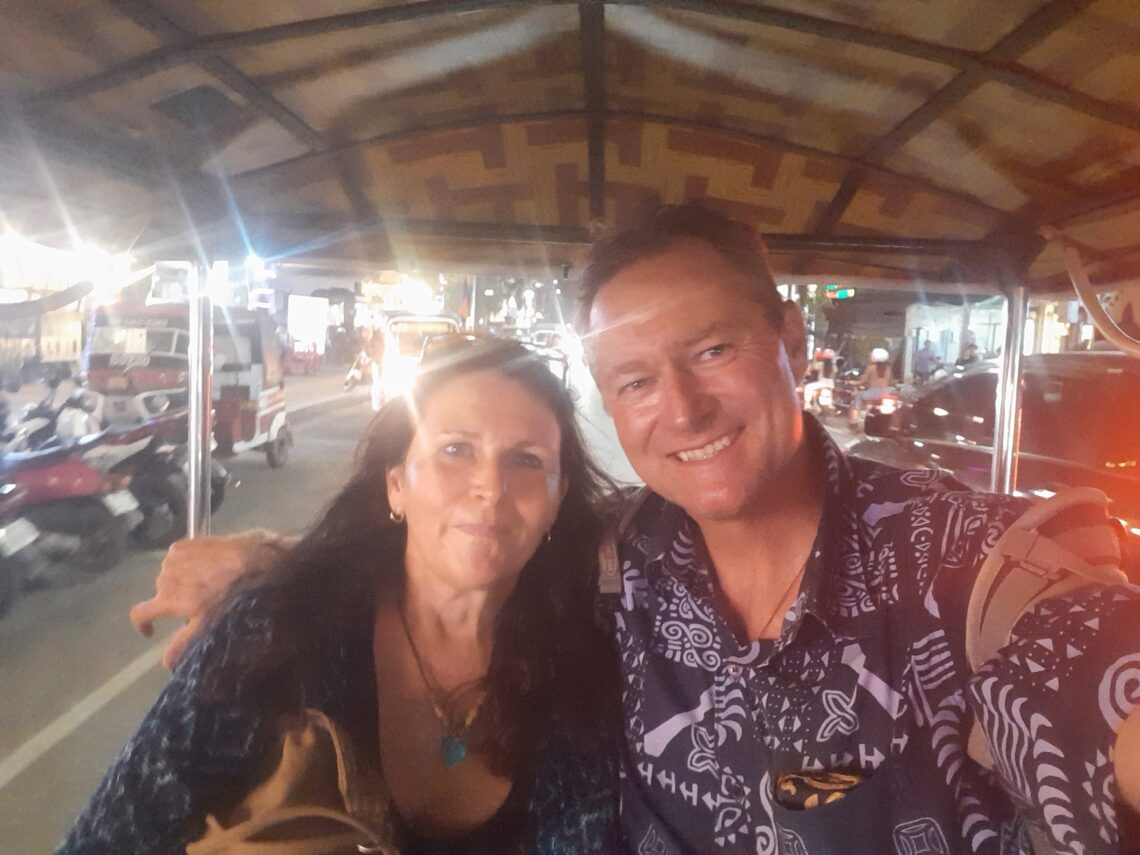
Pondering Tourism
Fresh back from our second visa run – this time to Siem Reap in Cambodia – got me thinking about tourism and how it dramatically affects some countries.
In our previous life in Dubai, we travelled a lot. I guess I’ve always been a bit of a dreamer and I often found myself fantasising about returning to come countries again and with more time. And Cambodia is one of the few places I’ve managed to return to!
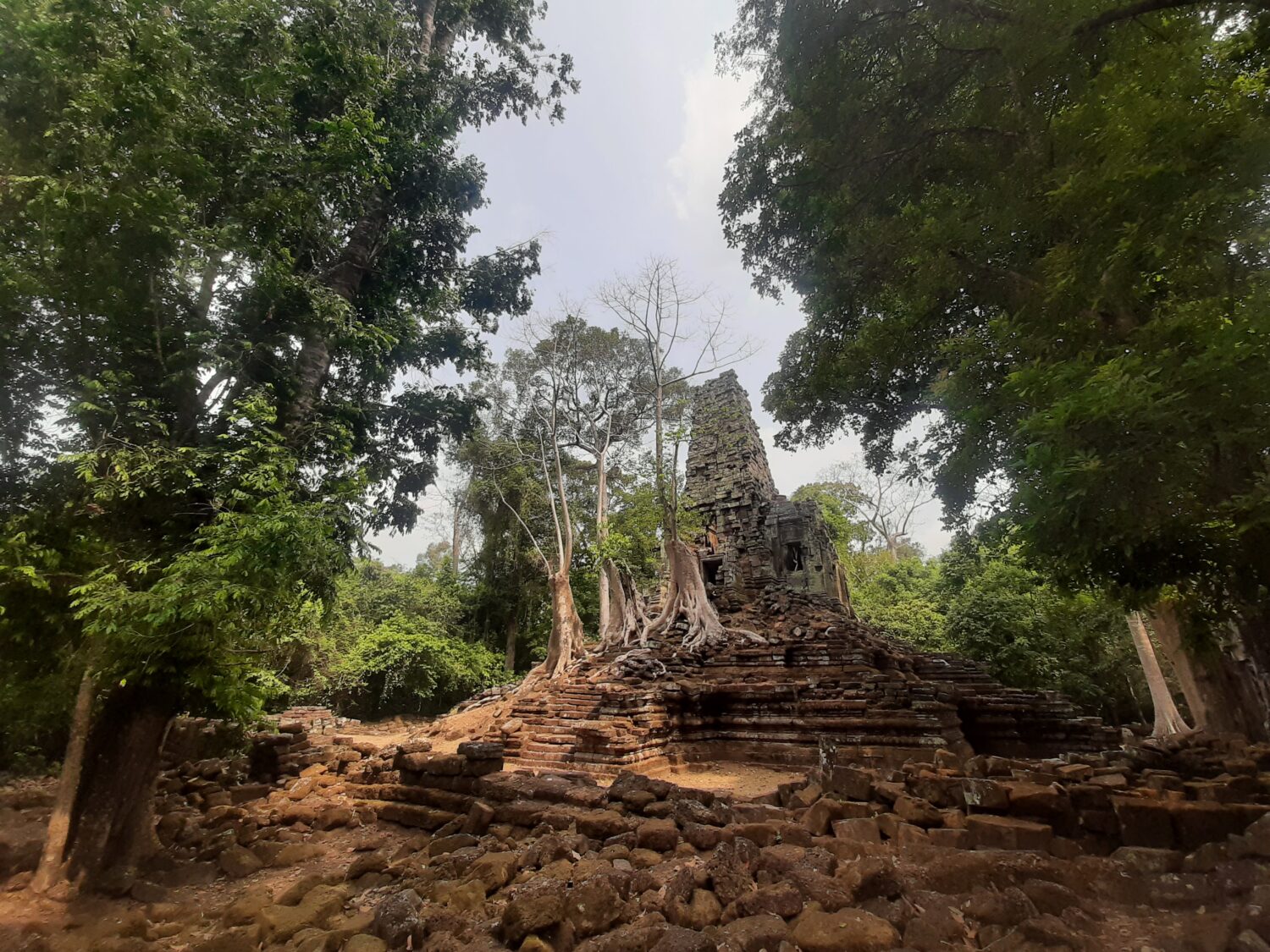
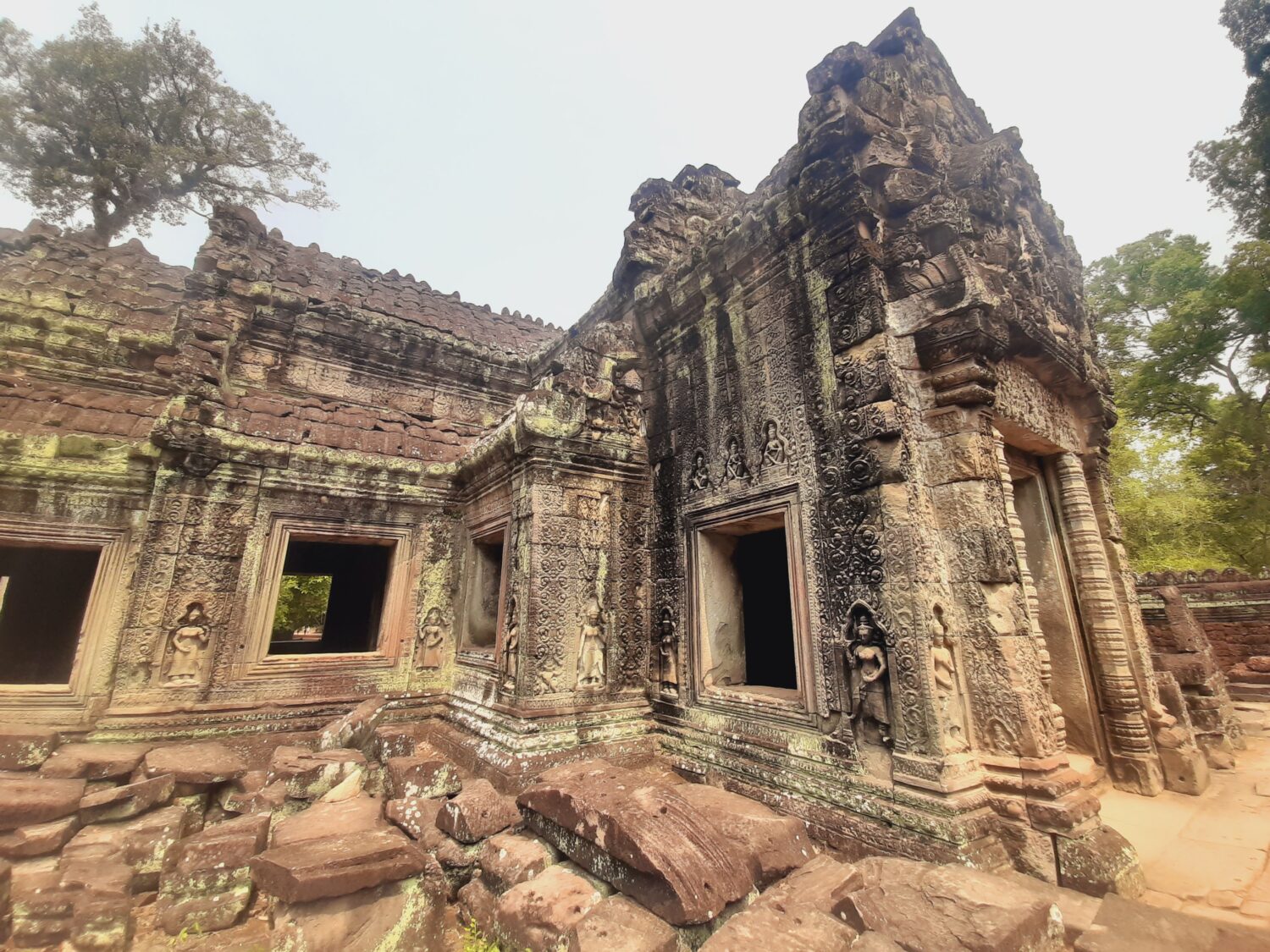
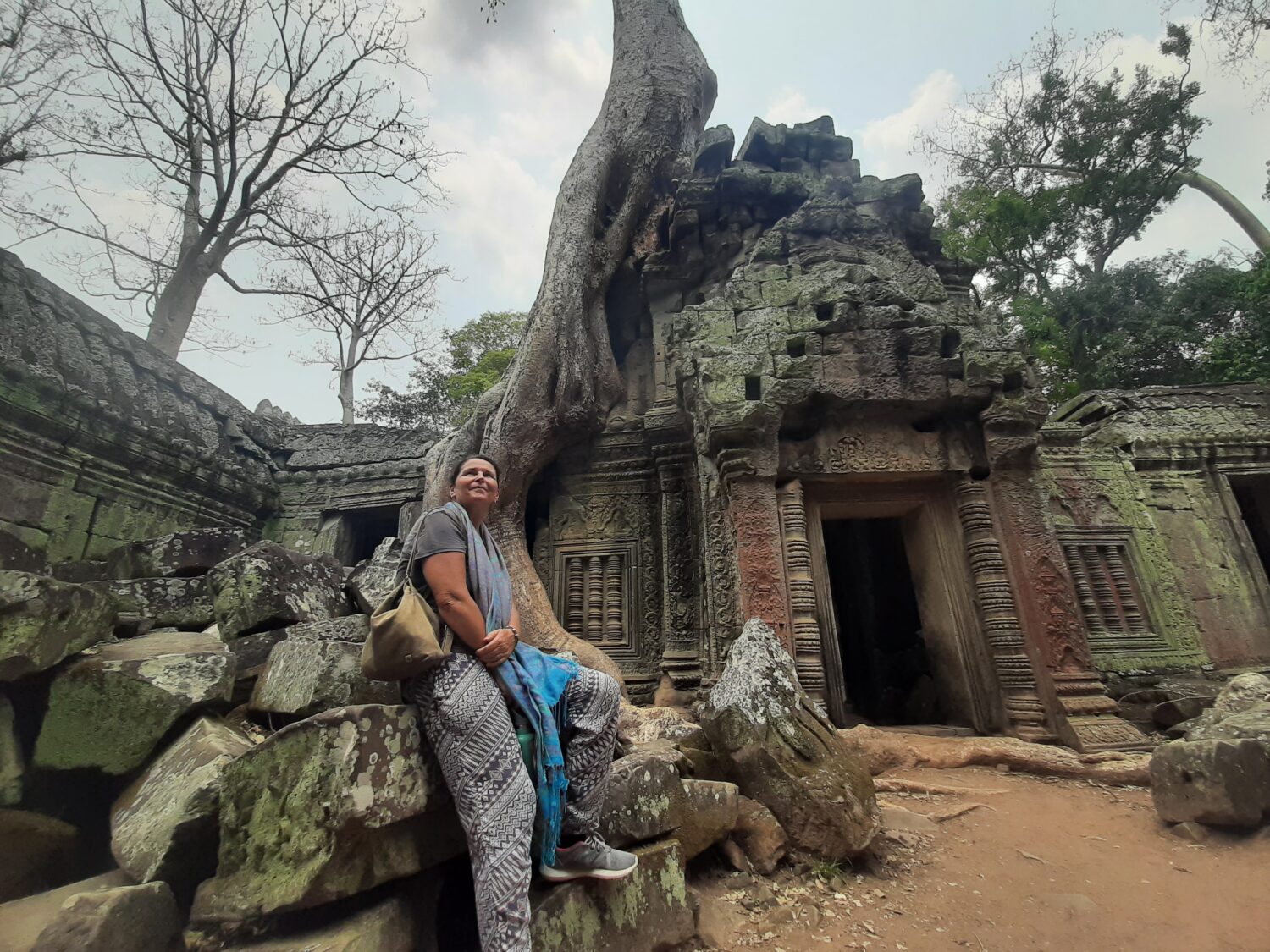

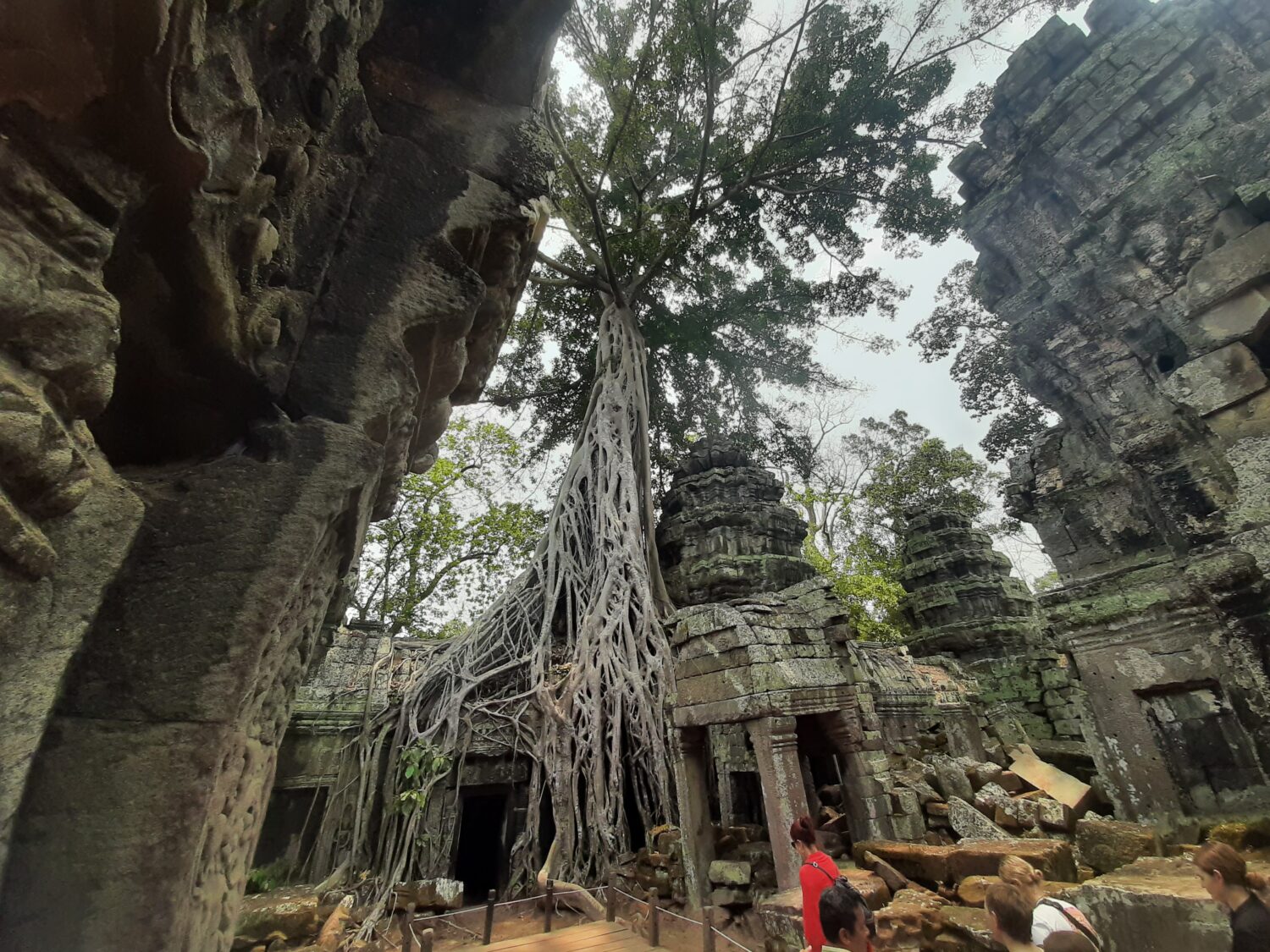
I first visited Cambodia on a backpacking trip in 2000. Back then, Cambodia, Laos and Vietnam were all opening up after being virtually closed for a few decades. Tourist infrastructure was basic and not always comfortable, but it was a rewarding destination to visit. Back then, I arrived in Siem Reap after a gruelling seven hour ride in the back of a ute (small pickup truck) from the Thai border. It was only 150 km, but an eye-opening introduction to the country.
Considering the changes to today, it’s strange thinking that back then, due to ongoing security threats, travel around Cambodia then was pretty much limited to just three towns and the routes between them. A great deal has changed in the 23 years since my last visit – these changes have been mostly positive but not all.
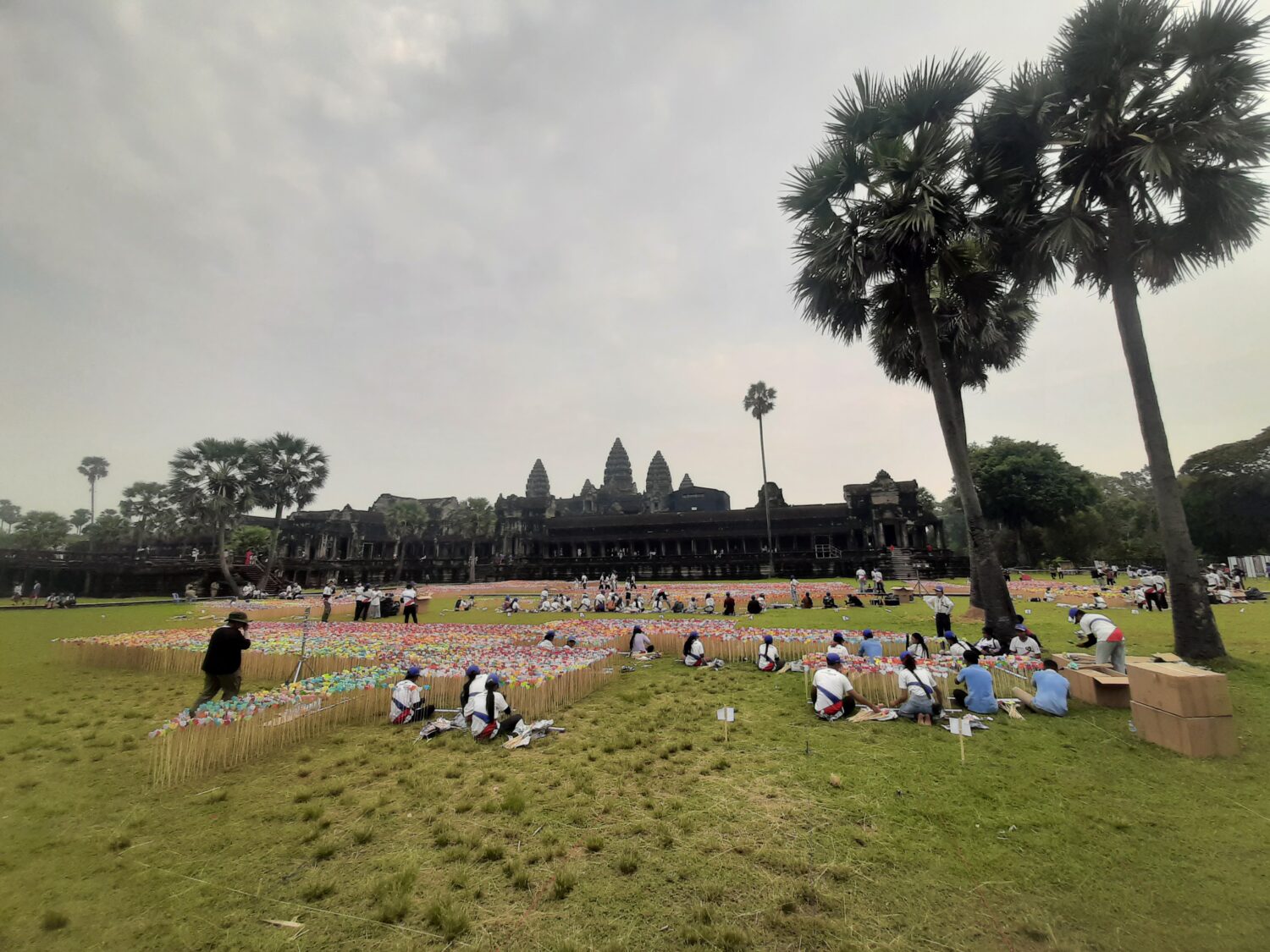

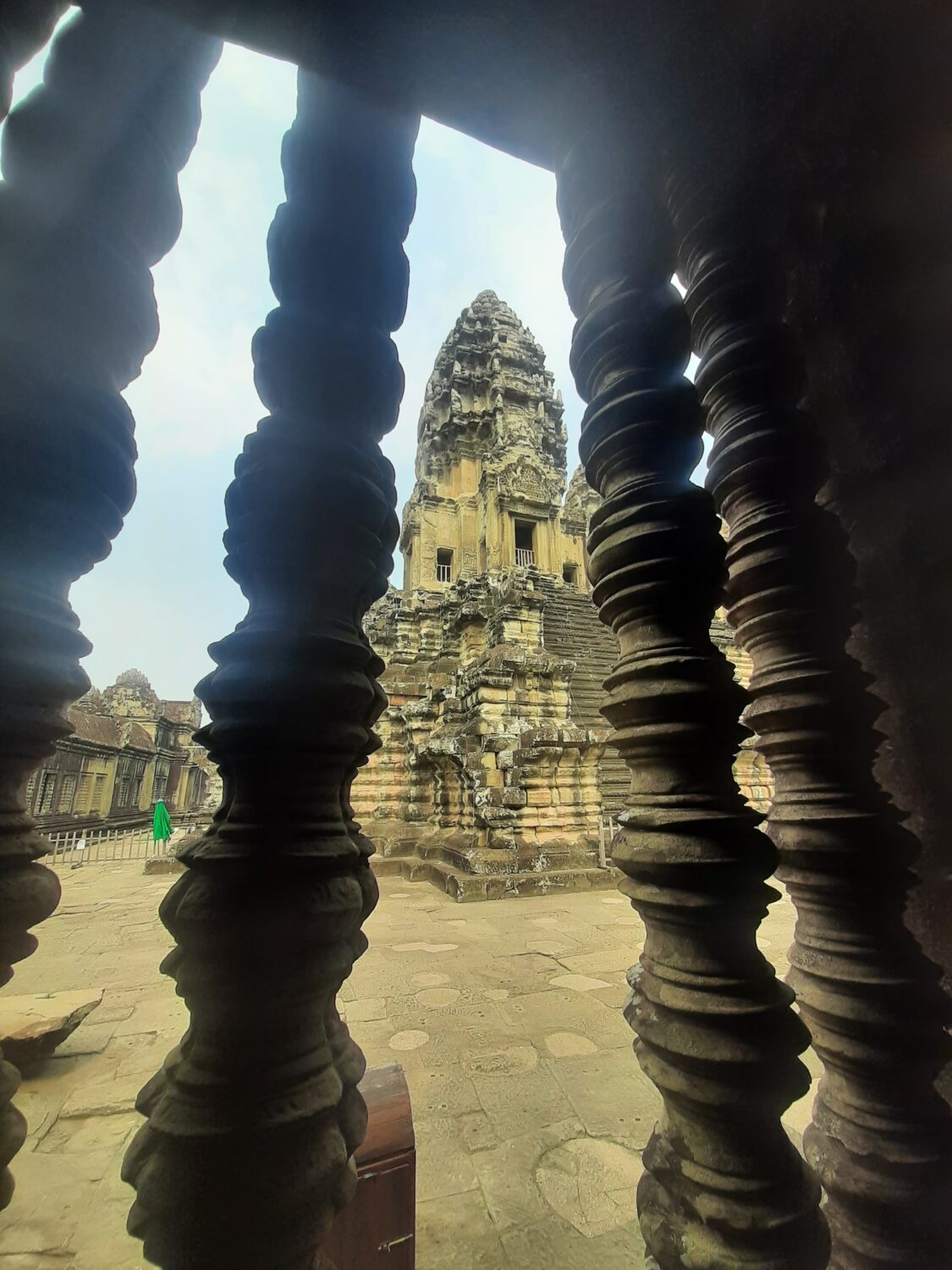
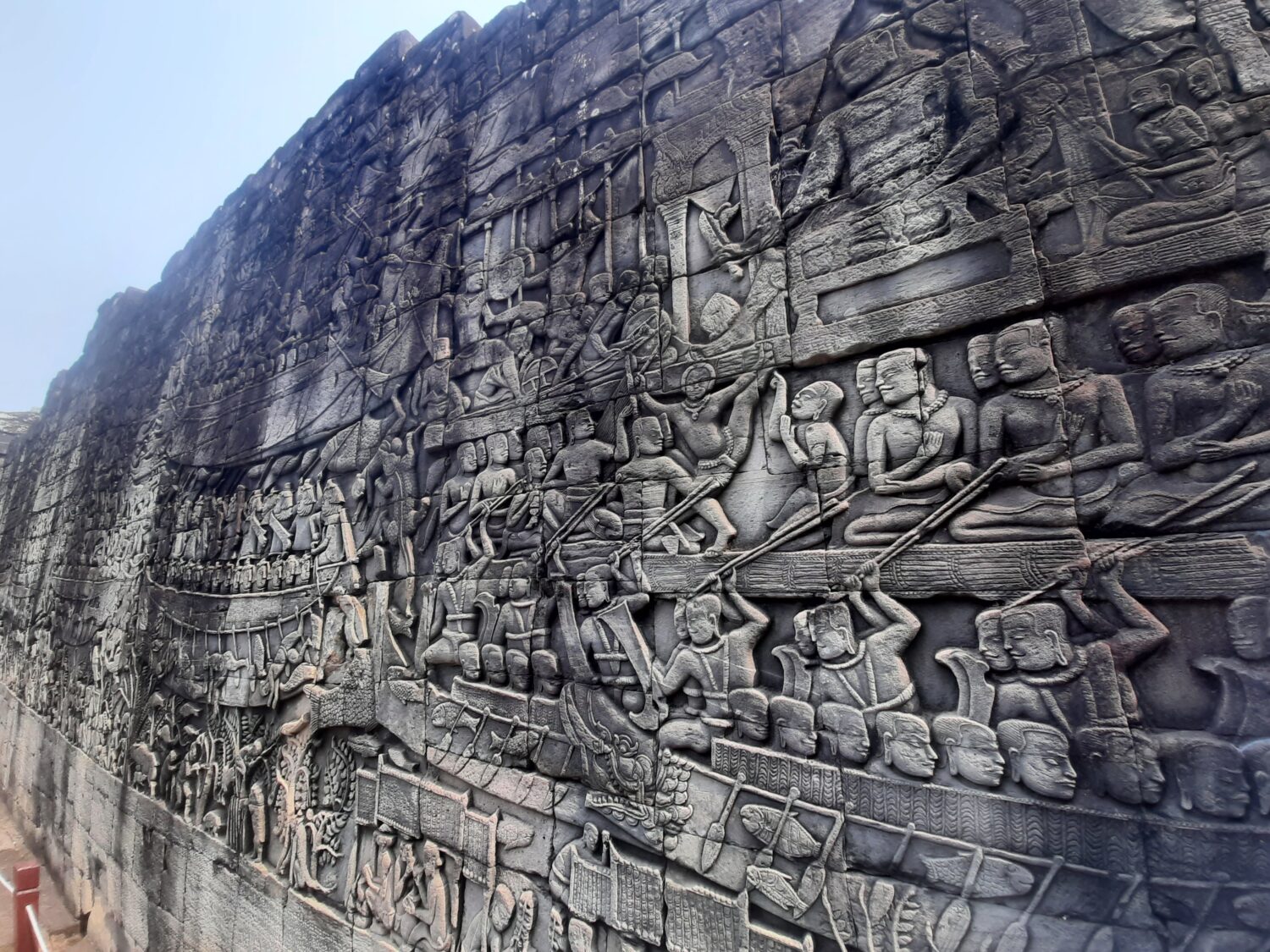
I must admit, I didn’t recognise a single part of Siem Reap town itself! It’s grown beyond my recognition. Annual tourist numbers reached a pre-Covid peak of around six million, up ten-fold from my 2000 visit. I was quietly thankful that the numbers hadn’t rebounded yet – the Angkor Wat temples are amazing, but I can’t imagine jostling with quite that many other sweaty bodies.
Many countries in southeast Asia are heavily dependent on the tourist dollar and they have suffered significantly during Covid and are now playing catch up to recover.

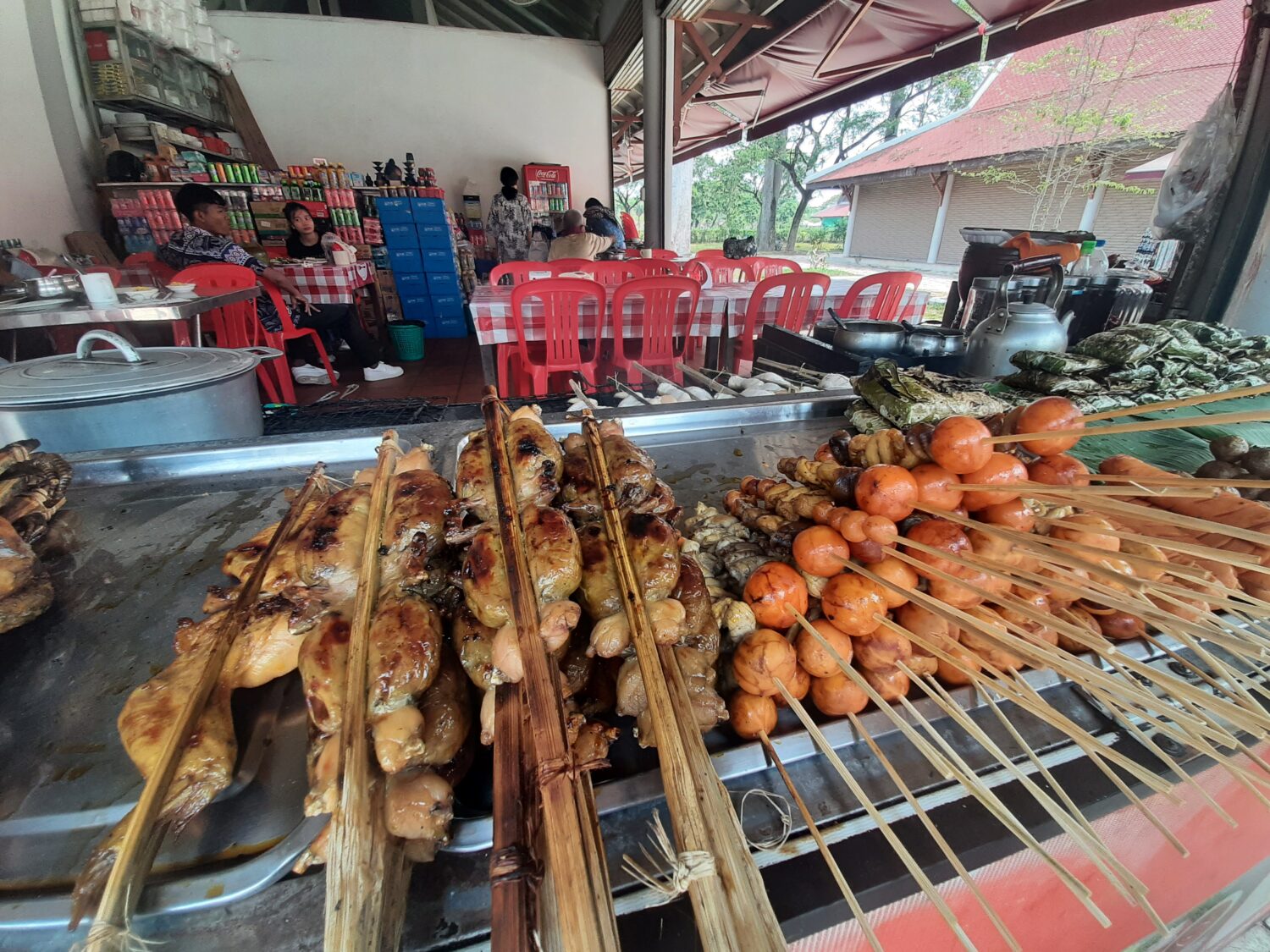
In Thailand, pre-covid, there were about forty million annual tourist arrivals and the numbers are now starting to rebound. In fact, the Thai prime minister greeted our flight in December, as it contained the ten-millionth visitor of 2022! There’s no doubt that tourism impacts pretty much every part of the coastal area where we’re spending our time and for the Thais that make their living from tourism, it’s good to see a rebound in visitors.
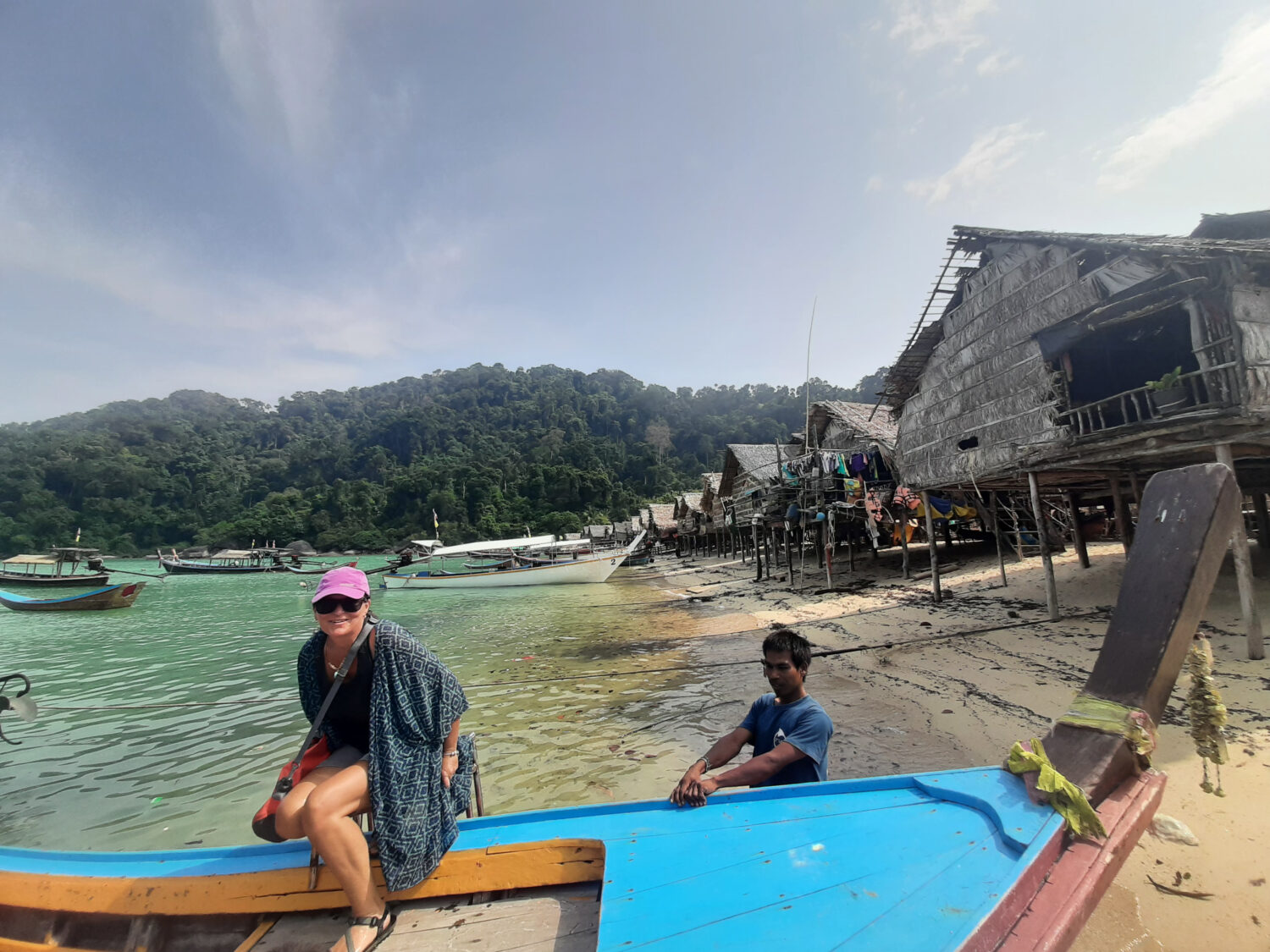
Some Thai islands charge a kind of arrival fee that tourists disgorging off speedboats pay, put towards rubbish removal, etc. This fee can be considered a tourist tax, invested to help buffer the effect of mass tourism. The more tourists, the more “tax” received, but more tourists inflict more damage. As an example, Maya Bay on Phi Phi Island, famous for being used in The Beach movie, was closed to tourists completely for a time – the effect of so many tourists in coral damaging suntan lotion was having a massive negative impact on the coral in the Bay. The fees imposed are not significant either. So far we’ve typically paid about 100 baht. That’s about £3.45, or in terms we can all appreciate, that’s three Greggs vegan sausage rolls. (or, considering the buy-three-get-one-free offer, it’s really four Greggs vegan sausage rolls).
In Cambodia, a similar type of tourist tax is applied when visiting the famous temples. Our three day pass cost about £50 each. While the fee is unlikely to deter most visitors, this is a good way for the Cambodian government to generate revenue through the tourist dollar. Without doubt, the Temples are the jewel in Cambodia’s crown, but they have also found ways to create tourism activities around some of the more challenging aspects of its more recent history and, as a result, create ways to get more tourist dollars to support certain initiatives.
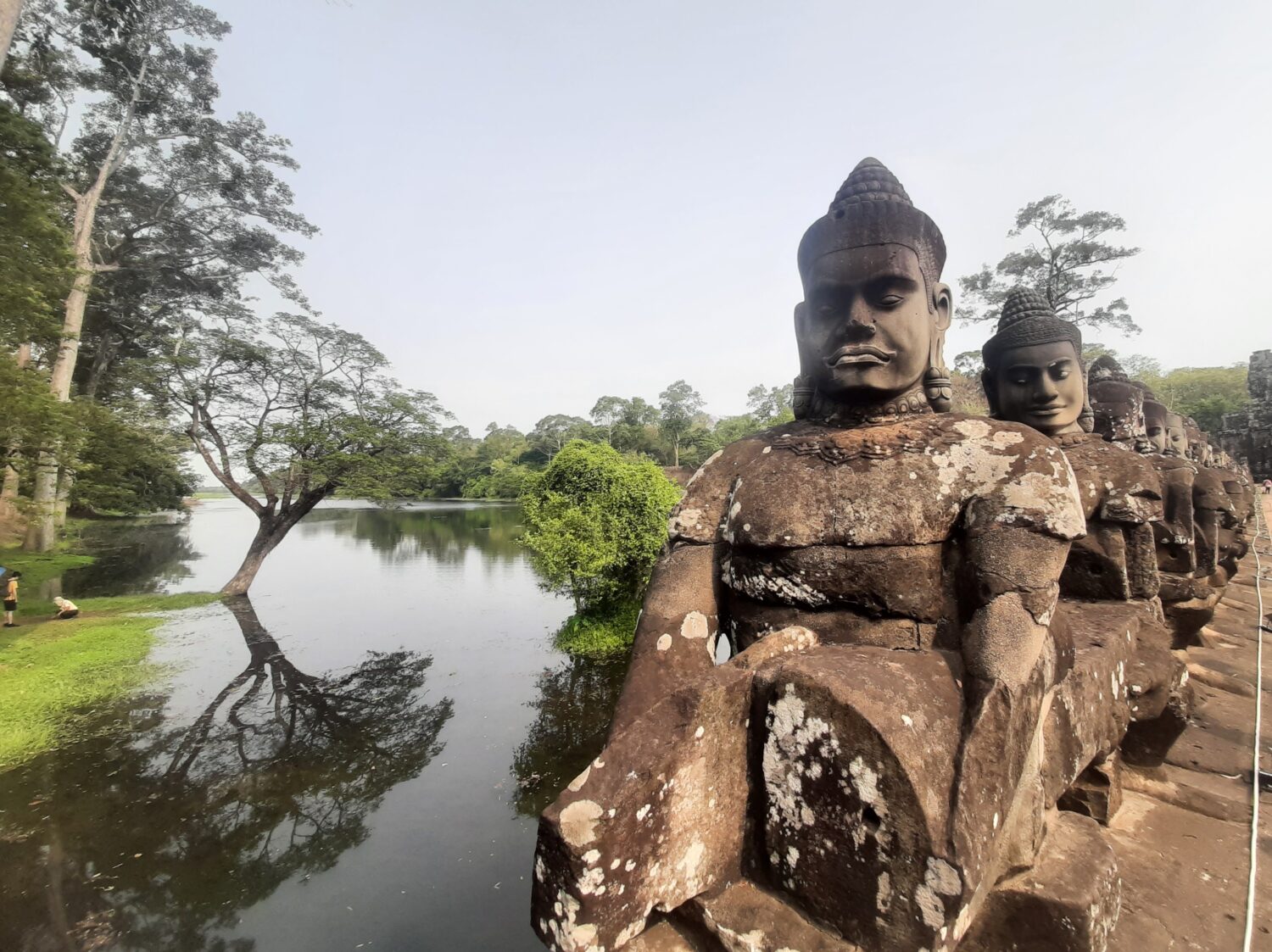
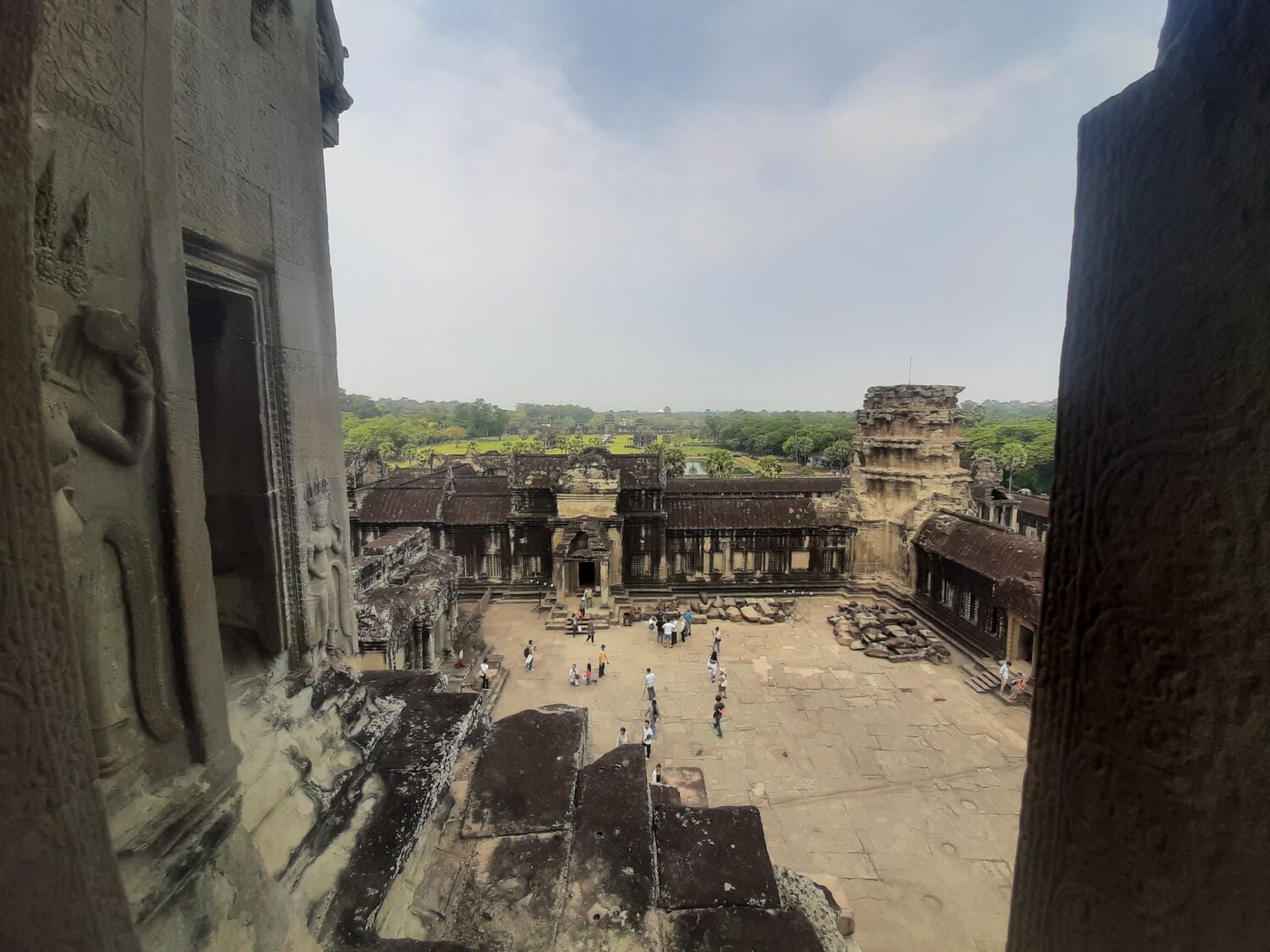
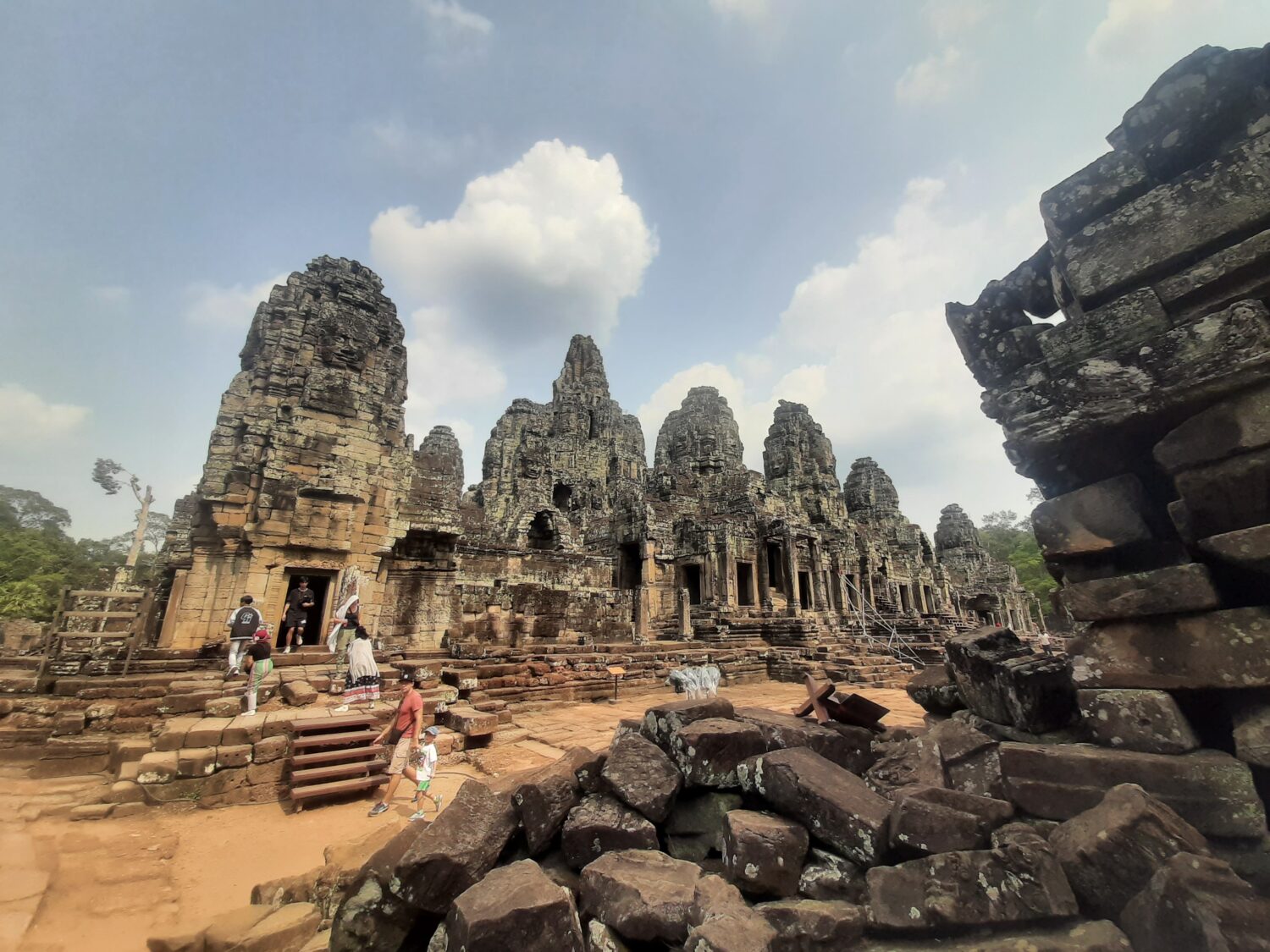

A memorable visit was to the APOPO (Anti-Personnel Landmine Detection Product Development) Visitor Centre – an international NGO that trains rats to find buried landmines. It’s hard to believe that back in 2000, tourists were advised to not stray off the paths around the temples as landmines were still present. Thanks to APOPO’s cute (and huge!) rats, Cambodia is now about 80% landmine free. Our visitor centre fee and associated purchases were a small but appreciated contribution to the phenomenal work that APOPO do. APOPO trained rats are now used in many countries for landmine clearance and now the rats are also being trained to detect tuberculosis – a far more efficient and cost-effective means of doing so.

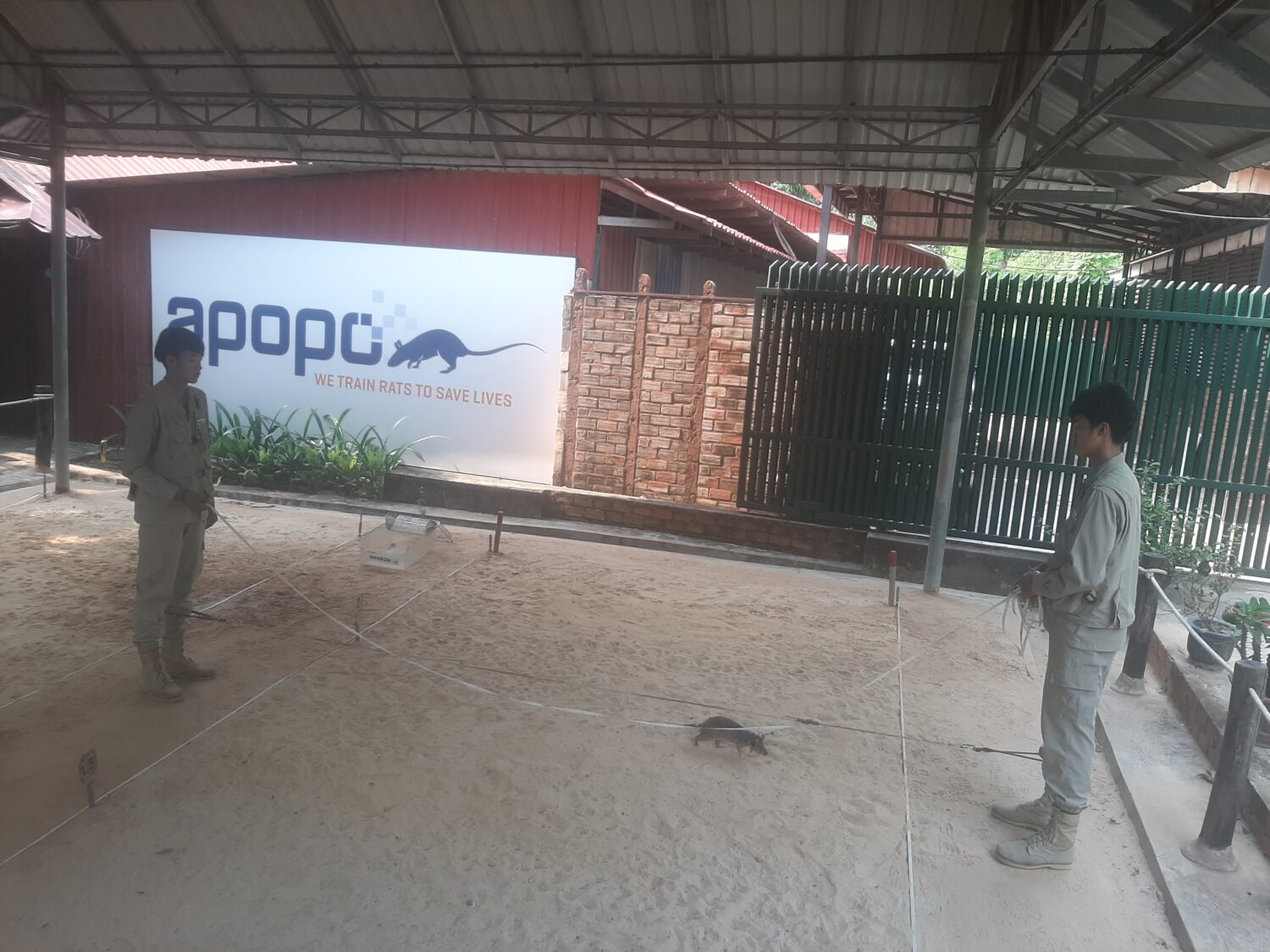
Our other encounter with wildlife in Cambodia was with the wild monkeys that live in and around the temples. There have been plenty of monkey spotting opportunities in Thailand too but nowhere near as up close as those in Siem Reap. In Thailand, every tourist island seems to have at least one “monkey beach”, but the animals generally keep their distance and signage makes it clear that feeding them is highly discouraged. Click here to experience a Monkey Back Guarantee! Monkey Back Guarantee – Ripening Nicely In Cambodia, our first encounter with monkeys was them being offered all manner of food – ice cream and cakes seemed to be their preference, with one spitting out banana in favour of a fried offering from a child. These monkeys have no fear of humans and as the monkeys get more savvy on the food-for-photos deal, they become bolder and over time aggressive. We were guilty of wanting the cute monkey photo too, but they soon made sure to remind us that they are wild animals not pets.
Diving with tiger sharks in Fiji and hiking to mountain gorillas in Uganda are two of my travel highlights, and the trade-off for this type of animal-focused experience is that the fees raised is used to fund the creation their own protection. Despite the habituation of those animals, at least the overall effect is positive for those animals.
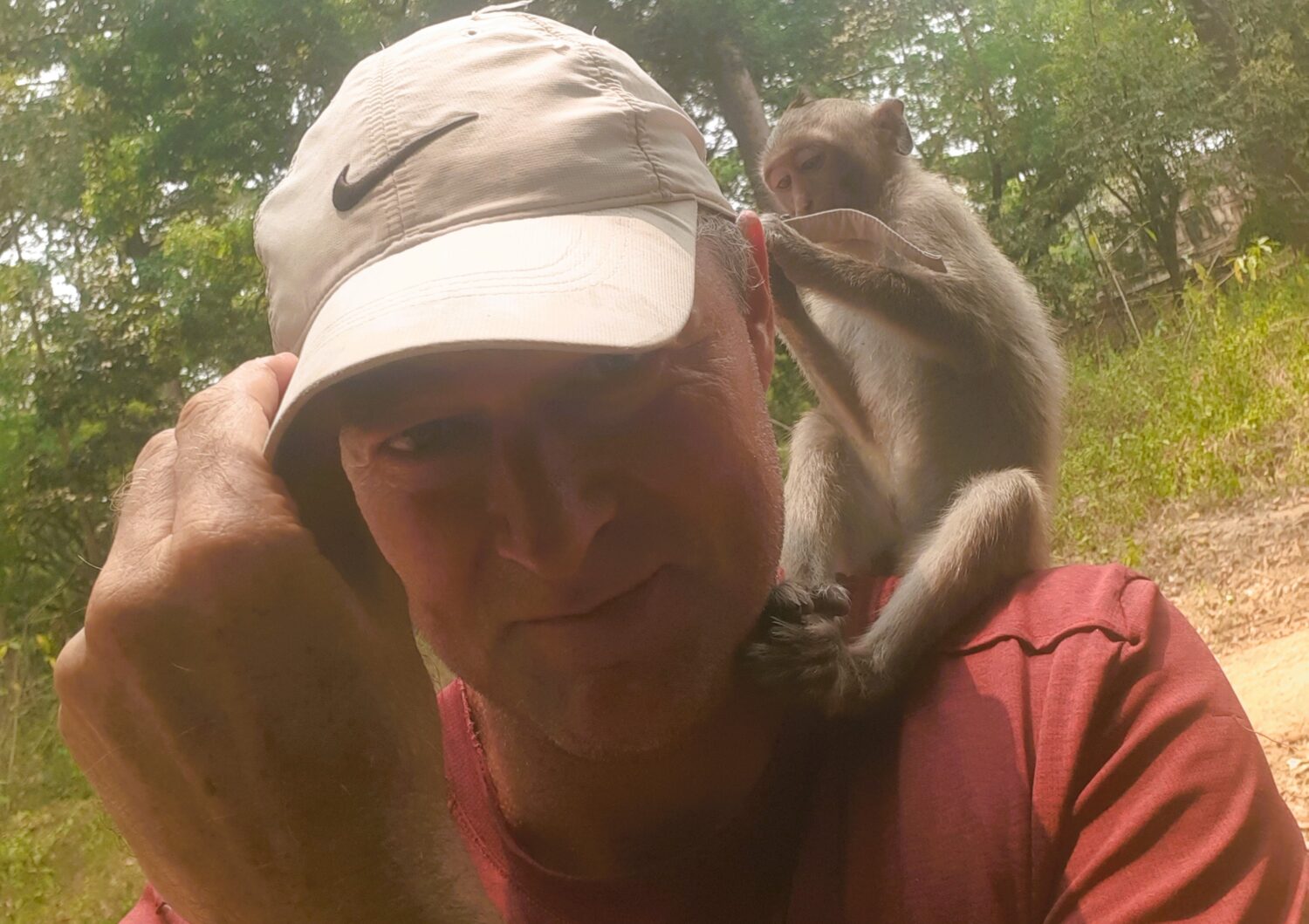
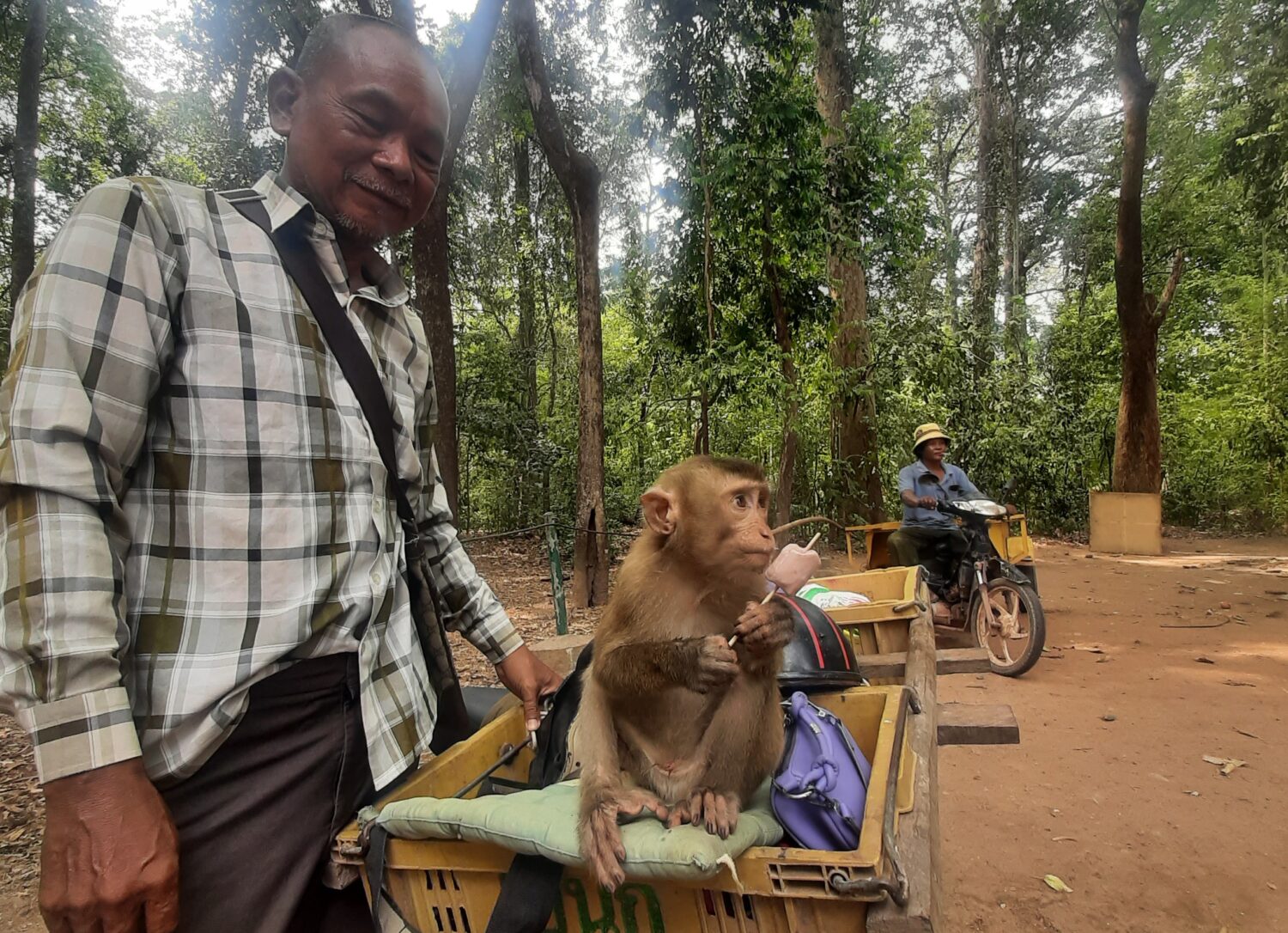
One of our travel ambitions now is to travel slower and give ourselves the opportunity to really enjoy and immerse ourselves in the local culture. Much of the general tourism we have seen in Asia is our old style of dip in and dash out. Consequently, tour operators and service providers cater accordingly – there are many tours that advertise “five islands in one day” and the thought of rushing around from one over-touristed beauty spot to another isn’t at all appealing. Now we understand the pace that many trips visit each island – you can usually work out the pattern – some islands make good lunch stops, some sand spits are spectacular at low tide, hongs (lagoons) at high tide, and other spots are designated “sun set point”.
For us, it’s the beginning and end of the day where our leisurely pace pays off, when you have some beautiful anchorages pretty much to ourselves. It has been moments like this that make us thankful of the privileged pace we are able to travel.
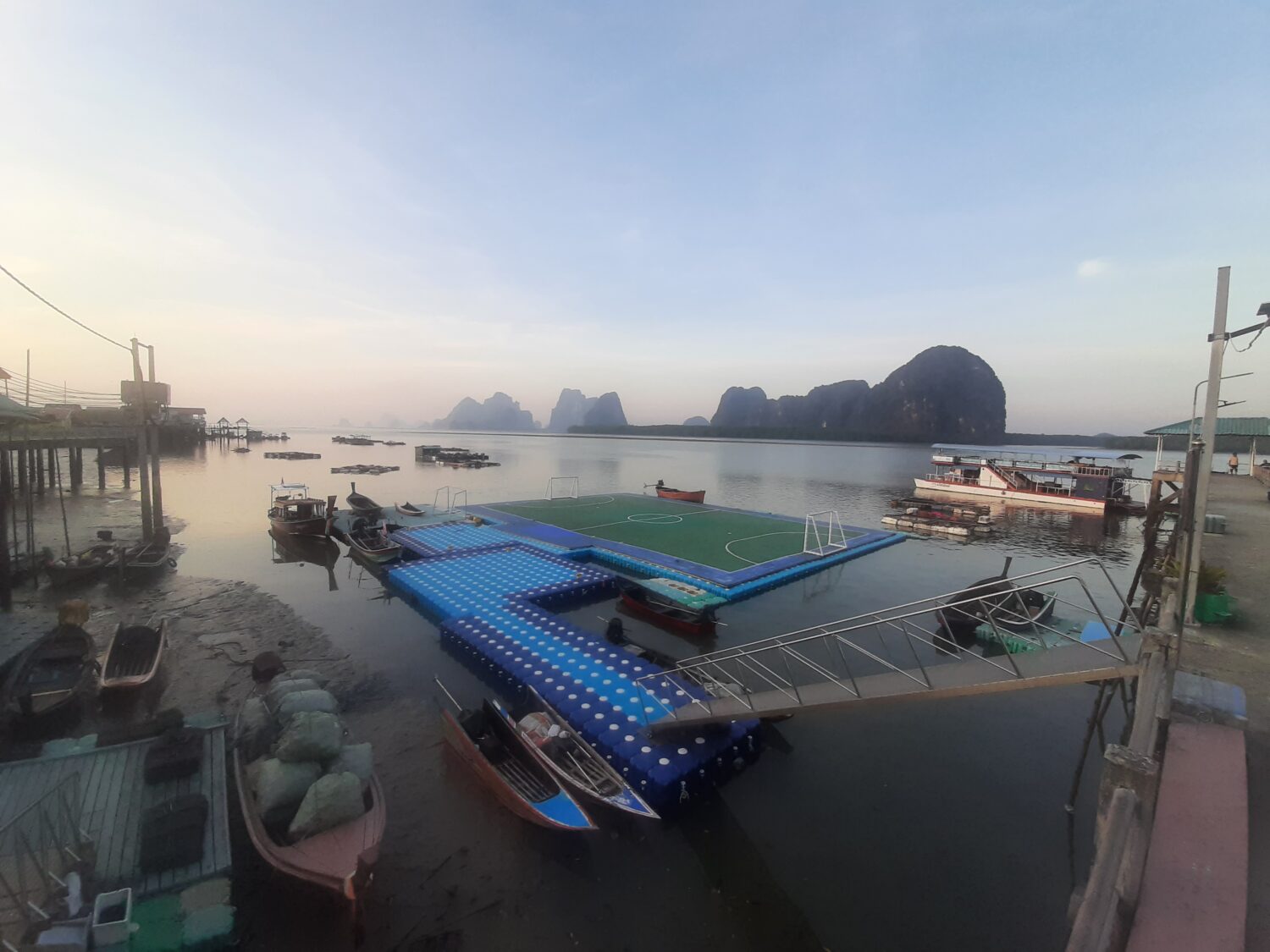
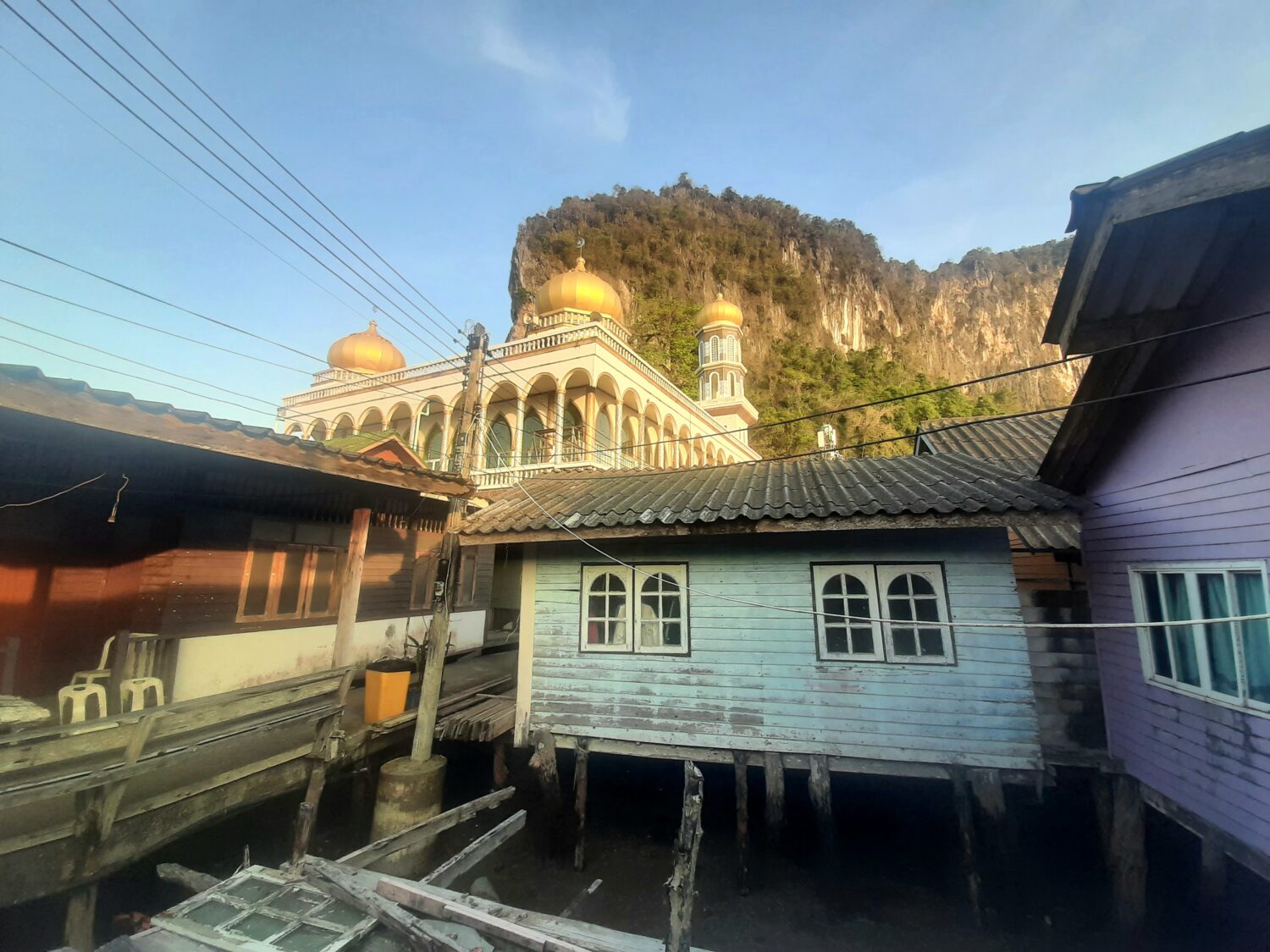
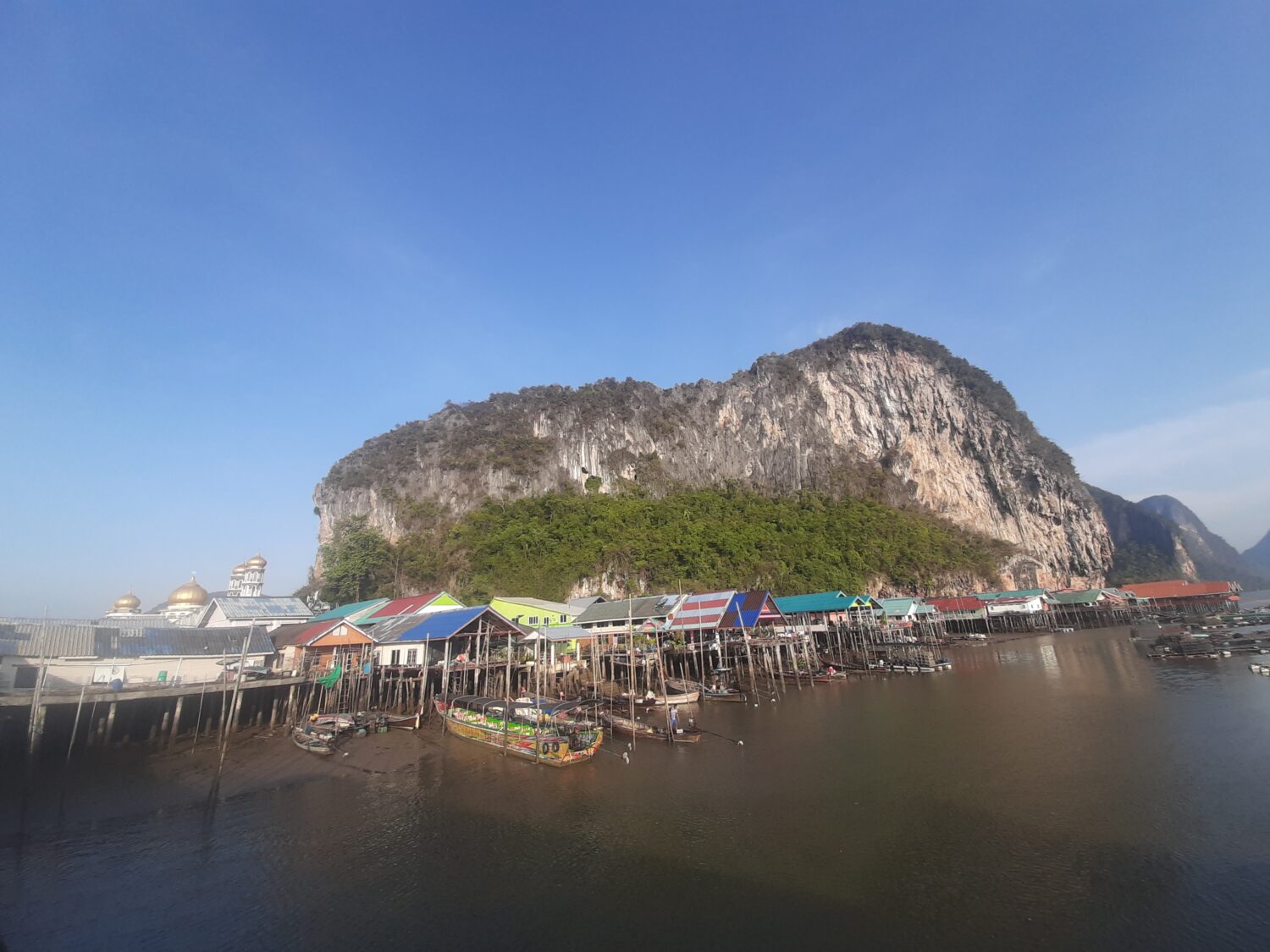
People often ask us if we must pay to sail around Thailand, anchoring pretty much where we want. To be honest, the answer surprises me too – no we don’t! Although there’s a few countries that charge for ‘cruising permits’ – most, including here in Thailand and neighbouring Malaysia, charge quite cheap clearance fees, then, I guess, assume that we’ll spend money ashore on noodles and boat maintenance.
During our sailing trip to the Maldives back in 2009 we paid about $1,800 in permits and fees. It’s quite a chunk of money, but not so bad when you consider that that allowed us pretty much free reign of the country’s waters for about three months.
Cruisers are by and large a… “frugal” bunch, even if, like when I was a student, we always seem to have money for beer! There was outrage when the tiny pacific nation of Palau (also known as Belau) started enforcing their fee. It’s a bit remote for us, but looking at pictures, I’d be happy to pay the $1,500 it would cost to cruise there for a couple of months.
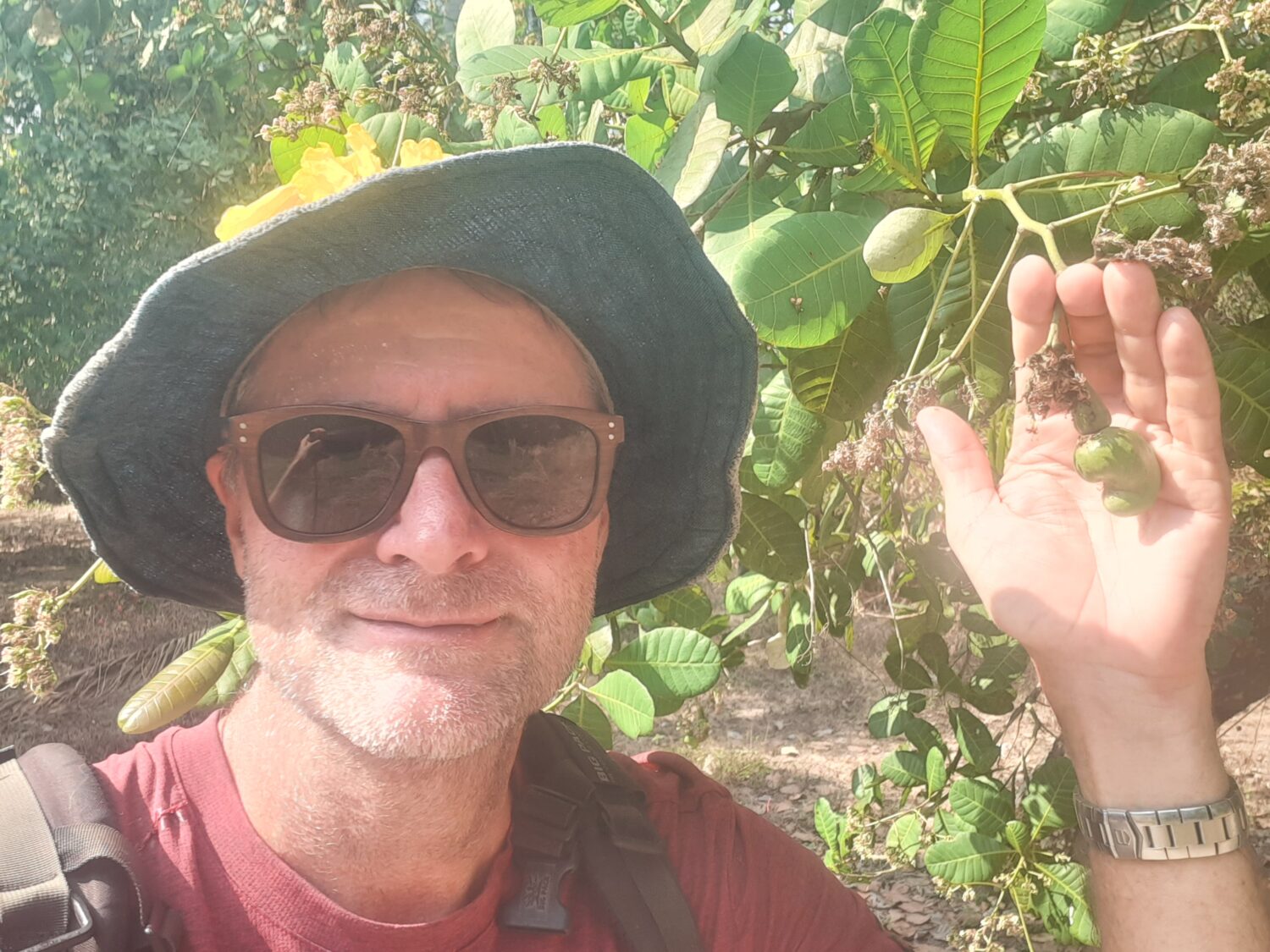
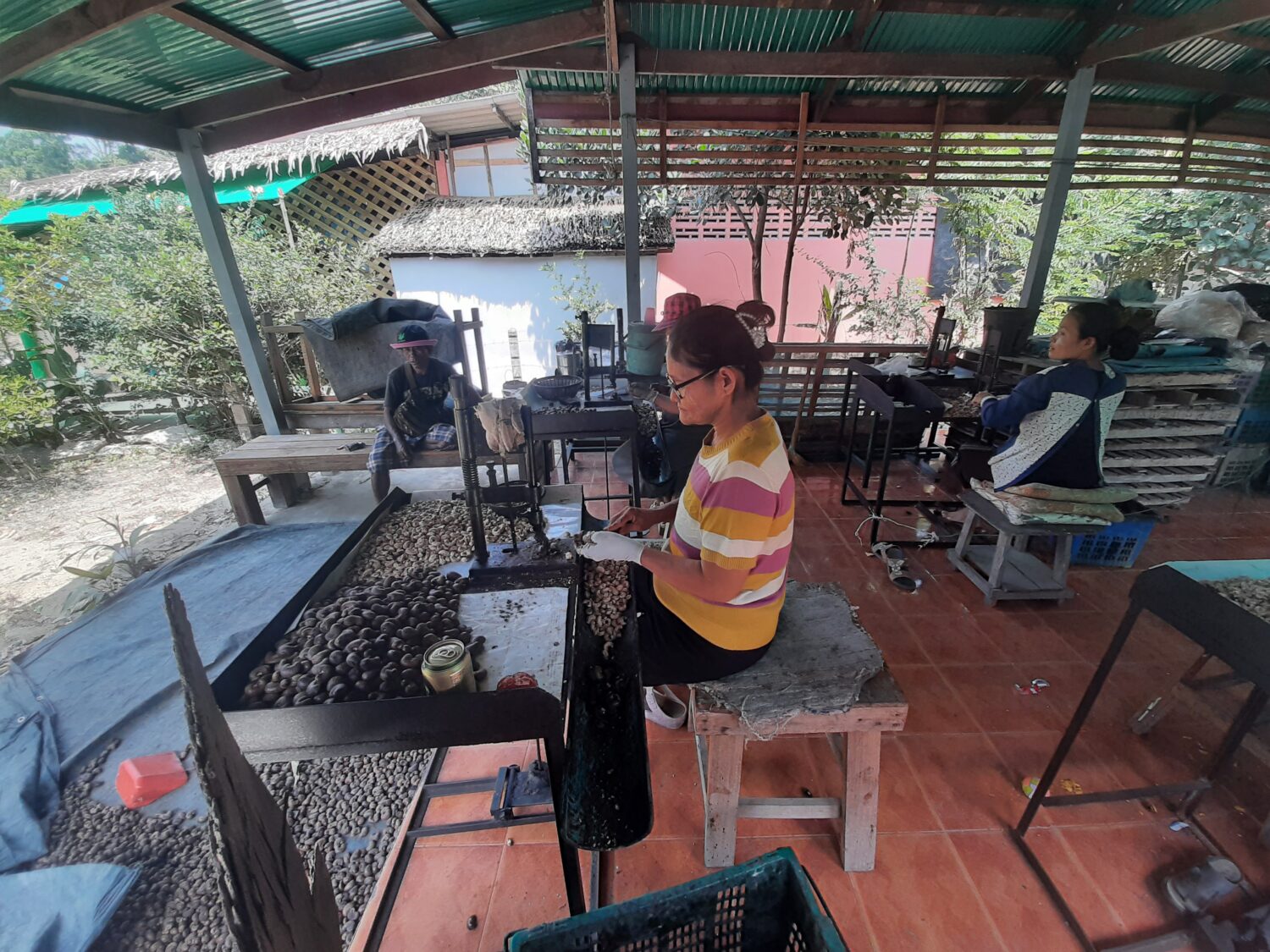
As long-term tourists in Asia, we like to think we have done reasonably well with the responsible tourism mantra “take only photos, leave only footprints”. We have made our financial contributions along the way, whether national park fees, supporting worthy causes, or simply dinning out ashore.
Follow and like us to be notified of future blogs!
www.facebook.com/ripeningnicely
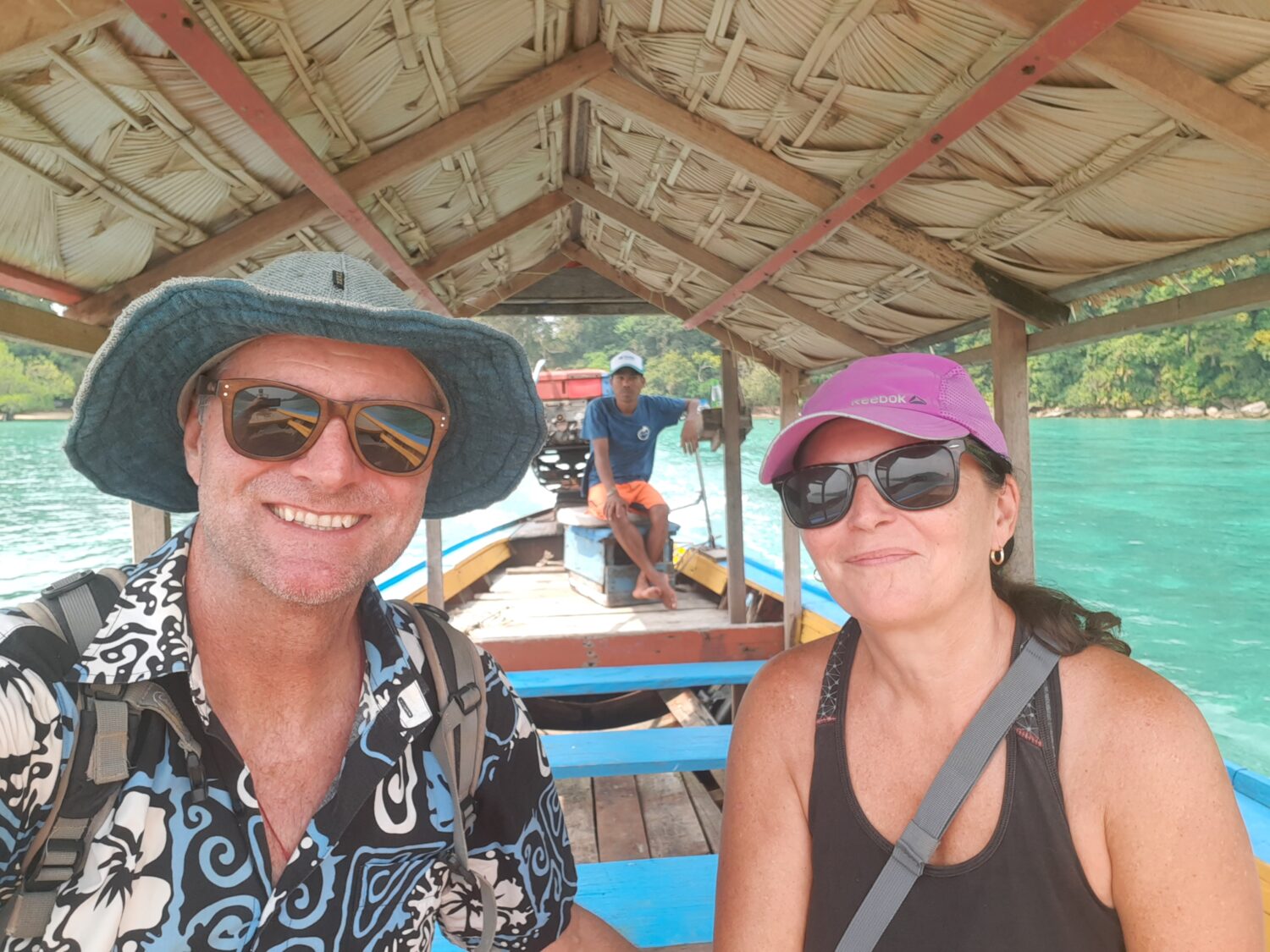






One Comment
Pingback: